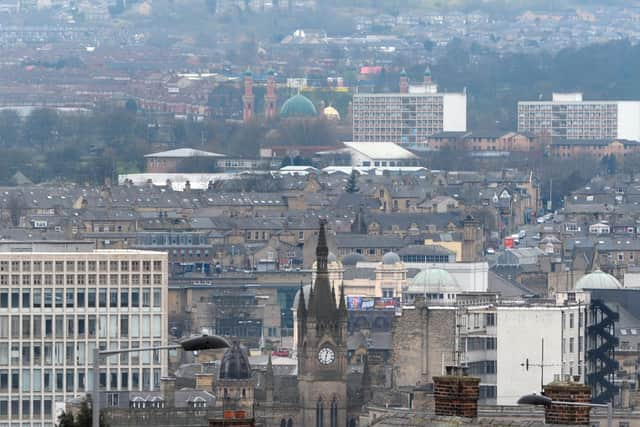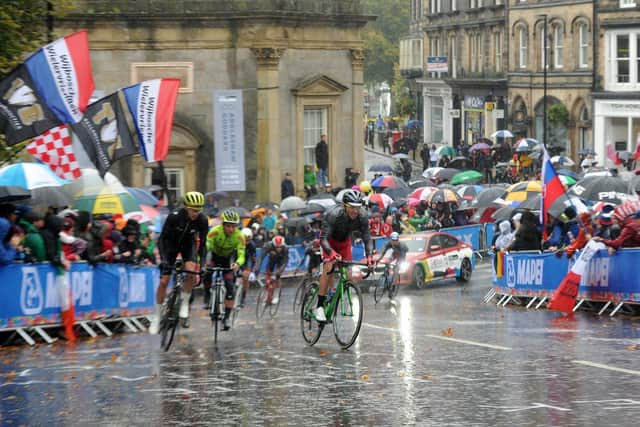Why Yorkshire's towns and cities need to be radically overhauled in order to survive - Bob Robinson
The challenge is, how do we transform our wilting high streets and struggling retail parks to make them thriving locations?
The Prime Minister’s recent announcement to help town centres in his ‘build, build, build’ speech was welcome in some respects, but it is really just providing a short stop gap that is flitting around the edges of the issue and in terms of uncontrolled changes to residential, could actually prove harmful. What is really needed is the complete and bold re-purposing of town centres.
Advertisement
Hide AdAdvertisement
Hide AdThe great British public love the ease and perceived low cost of online shopping, which was continued to capture an increasing level of consumer spending. In March 2020, at the start of lockdown, online sales were up by 12.5 per cent compared to a year earlier, and by 8.3 per cent on the month previous, reaching a record high of 30.7 per cent of all retail spending in April


Of course, now that lockdown restrictions have been eased, retailers will be keen to draw back these customers to the high street, and we have seen, anecdotally, people returning to town centres.
But can this be sustained, particularly as there is the inescapable fact there are fewer fascias and more empty units than before March with a number of retailers such as Monsoon, Cath Kidston and Laura Ashley, along with Debenhams, having either closed completely or winding down.
Of course, this issue is not confined to the high street. Retail parks and shopping malls, once heralded as the future of shopping are, ironically, in just as much danger as the town centres they once threatened themselves.
Advertisement
Hide AdAdvertisement
Hide AdTo create stronger town centres there needs to be an acknowledgement that retail will no longer be the prime driver of footfall and that they will need to be small and more focused on social interaction with a wider range of activities.


Undoubtedly, the measures introduced by government to provide enhanced funding for town centres as they adapt to the new reality of social distancing are to be welcomed as short-term aid.
However, much of the focus has been on initiatives that are little more than palliative care.
Whilst the Future High Street Fund was founded on the understanding that it can be utilised for more radical changes, I am not convinced that nostalgia for the high street and the reluctance to take fundamental and critical decisions will allow this to happen in many cases.
Advertisement
Hide AdAdvertisement
Hide AdThis also shouldn’t be a purely market-led evolution, but one within a planned framework, starting with government and followed by local authorities that will enable the re-designation of town centre properties.
Boris Johnson’s infrastructure speech has paved the way for this with such proposals as the ability to repurpose commercial premises more easily for use as cafes or offices without requiring planning permission.
At the same time, however, his proposals to allow conversion to residential use without planning consent are perhaps less welcome. The interface between residential and the evening economy, requires careful management. But the sentiment is right as town centres cannot remain the way they are.
Local authorities should be encouraged to be more interventionalist and may find willing co-operation on the part of institutional funds that hold property in town centres and at retail parks, which are declining in asset value.
Town centres need to become a place of activity that isn’t pre-eminently driven by retail, but can still provide for employment and enjoyment.